Ljubo Vlacic, Michel Parent, Fumio Harashima0750650931, 9780750650939, 9781417502134
Packed with practical examples and applications, this book focuses not only on the driver assistance concept (assisting human beings in driving the vehicle), but also on the autonomous driving/intelligent vehicle concept, which enables a vehicle to drive independently with little or no assistance from humans.
Table of contents :
Front Cover……Page 1
Intelligent Vehicle Technologies: Theory and Application……Page 4
Copyright Page……Page 5
Contents……Page 6
Preface……Page 14
Acknowledgements……Page 18
List of Contributors……Page 20
Part One: Introduction……Page 22
1.1 Such a wonderful product………Page 24
1.2 Difficulties now and ahead……Page 25
1.3 Emerging technologies……Page 34
Part Two: Intelligent vehicle sensor technologies……Page 40
2.1 Introduction……Page 42
2.2 Functional concepts……Page 47
2.3 Hierarchical organization……Page 52
2.4 Implementations……Page 73
2.5 CAN applications……Page 76
2.6 CAN-related standards……Page 81
2.7 The future of CAN……Page 83
References……Page 85
3.2 Microcontrollers – an embedded microcomputer……Page 86
3.3 Microprocessor or microcontroller?……Page 90
3.4 Product design using a microcontroller……Page 91
3.5 Microtechnology……Page 92
References……Page 106
4.2 Laser radar……Page 108
4.3 Non-contact ground velocity detecting sensor……Page 111
4.4 Road surface recognition sensor……Page 117
4.5 Vehicle sensors for ETC systems……Page 124
References……Page 132
5.1 Introduction and motivation……Page 134
5.2 Applications of vision in driver assistance systems……Page 137
5.3 Operating principles……Page 139
5.4 Applications and results……Page 143
5.5 Conclusions……Page 148
References……Page 149
6.1 Introduction……Page 152
6.2 Driver assistance on highways……Page 155
6.3 Driver assistance in urban traffic……Page 168
6.4 Object recognition as a classification problem……Page 182
6.5 Building intelligent systems……Page 198
6.6 Summary……Page 206
References……Page 207
7.1 Introduction……Page 210
7.2 ITS communication systems……Page 217
7.3 Vehicle–vehicle and road-vehicle communication systems……Page 227
7.4 Device technologies……Page 240
References……Page 248
8.1 History of GPS……Page 250
8.2 The NAVSTAR GPS system……Page 252
8.3 Fundamentals of satellite-based positioning……Page 255
8.4 GPS receiver technology……Page 263
8.5 Applications for GPS technology……Page 270
Further reading……Page 275
Part Three: Intelligent vehicle decision and control technologies……Page 278
9.1 Automatic control of highway traffic and moving vehicles……Page 280
9.2 Adaptive control of highway traffic and moving vehicles……Page 283
9.3 Conventional control schemes……Page 284
9.4 Adaptive control – an overview……Page 285
9.5 System models for adaptive control……Page 288
9.6 Design of self-tuning controllers……Page 292
References……Page 305
10.1 Introduction……Page 310
10.2 Fuzzy control systems – theoretical background……Page 315
10.4 Fuzzy control of distance and tracking……Page 328
10.5 Conclusion……Page 346
10.6 Abbreviations……Page 347
References……Page 348
11.1 Introduction……Page 354
11.2 Robot control architectures and motion autonomy……Page 355
11.3 Sharp control and decisional architecture for autonomous vehicles……Page 369
11.4 Experimental results……Page 381
11.5 Motion planning for car-like vehicles……Page 385
References……Page 407
12.1 Brake modelling……Page 414
12.2 Brake control……Page 433
12.3 Conclusions……Page 442
References……Page 443
13.1 ACC overview……Page 444
13.2 Systems based on ACC……Page 449
13.3 Impact of ACC on traffic and drivers……Page 454
References……Page 461
Part Four: Case study……Page 464
14.1 Introduction: the ARGO project……Page 466
14.2 The GOLD system……Page 467
14.3 The ARGO prototype vehicle……Page 489
14.4 The MilleMiglia in Automatico test……Page 498
References……Page 514
Index……Page 516
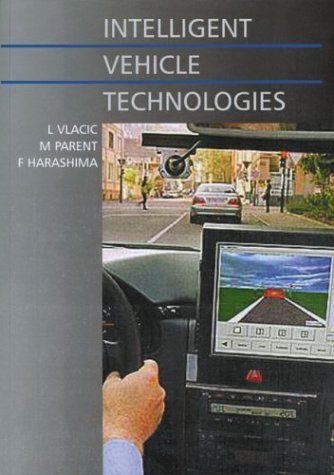
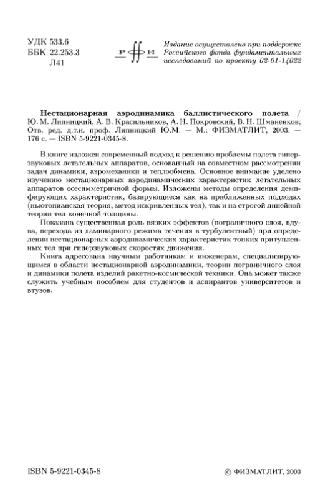
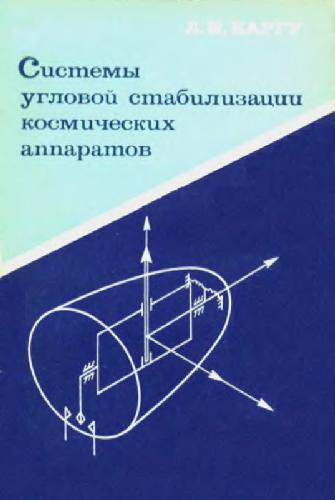
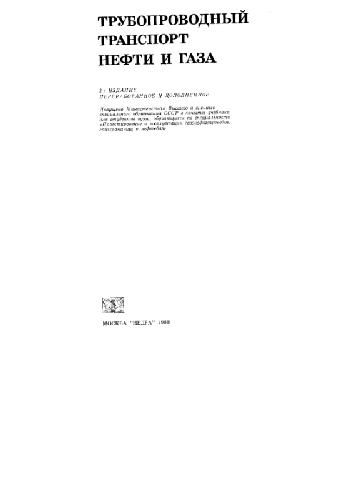
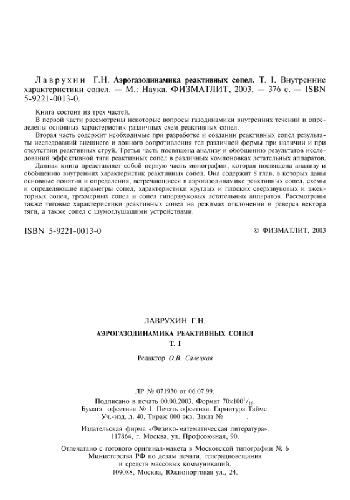
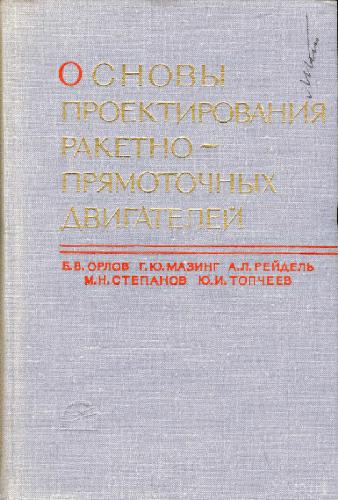

Reviews
There are no reviews yet.